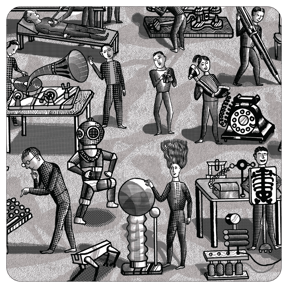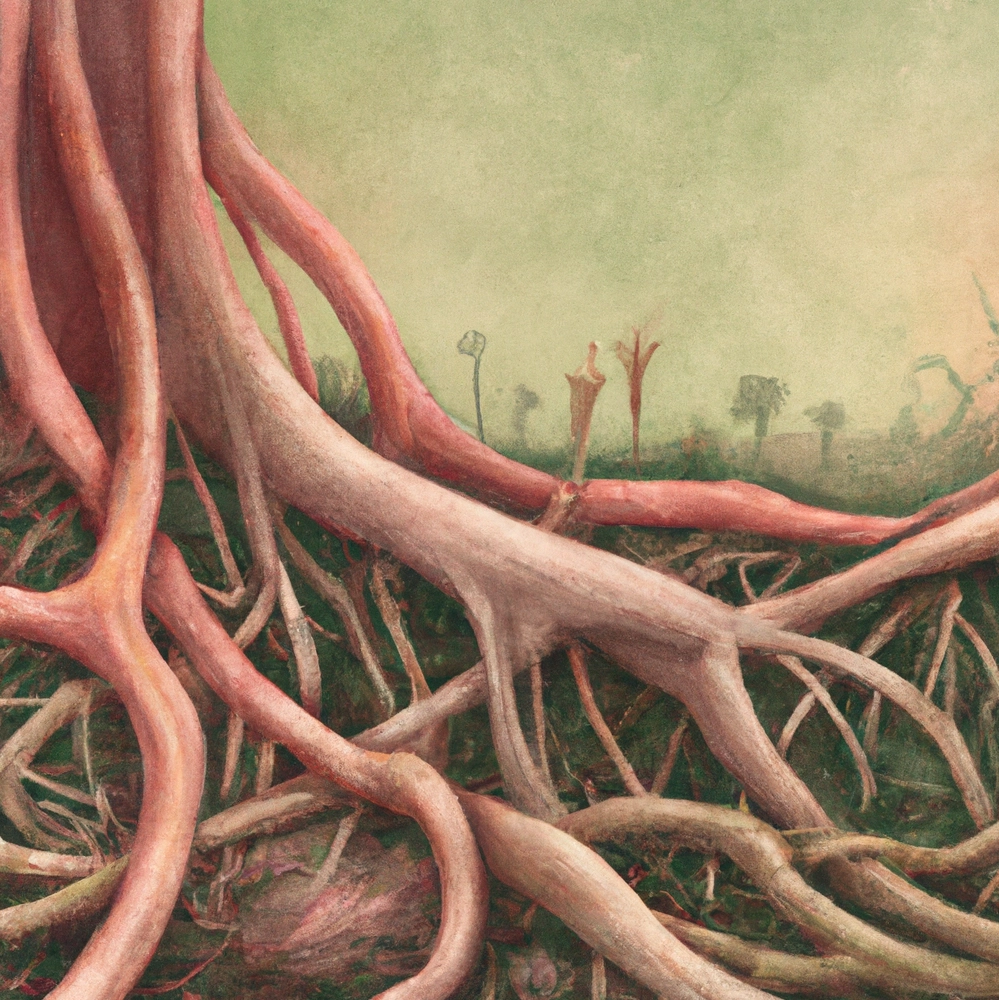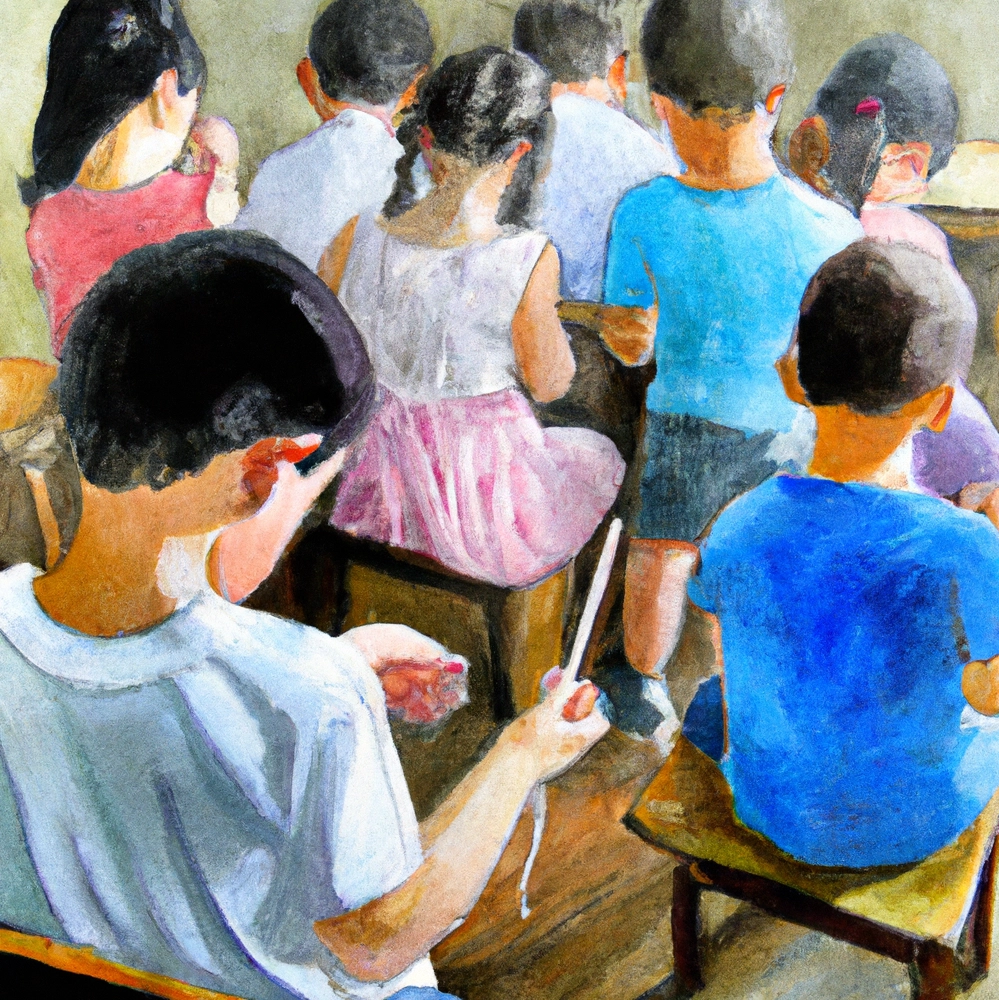Día de los Muertos
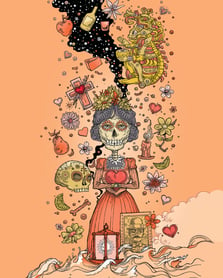 Día de los Muertos, or Day of the Dead, is celebrated each year on November 1st and 2nd. It has grown in popularity in Latin America due to its beauty and celebration of life. Día de los Muertos is well recognized for making death something to be enjoyed, and the deceased are remembered with enthusiasm rather than mourned. A few weeks before the occasion, the graves of the deceased are decorated. The departed are greeted with an ofrenda, an altar dedicated to them. The ofrenda is decorated with images, favorite foods, and even a sweet bread called pan de muerto. The iconic sugar skulls are decorated to pay homage to their forefathers and -mothers.
Día de los Muertos, or Day of the Dead, is celebrated each year on November 1st and 2nd. It has grown in popularity in Latin America due to its beauty and celebration of life. Día de los Muertos is well recognized for making death something to be enjoyed, and the deceased are remembered with enthusiasm rather than mourned. A few weeks before the occasion, the graves of the deceased are decorated. The departed are greeted with an ofrenda, an altar dedicated to them. The ofrenda is decorated with images, favorite foods, and even a sweet bread called pan de muerto. The iconic sugar skulls are decorated to pay homage to their forefathers and -mothers.
This celebration is frequently compared to Halloween, but it lacks anything with a dark tone beyond mild grieving. The dead are not feared or mourned. Rather, they are remembered and honored as superstars! Día de los Muertos is a giant party celebrated with friends, family, food, drink, and music. Who wouldn’t want to be remembered at such a fun event?
Why Does It Matter?
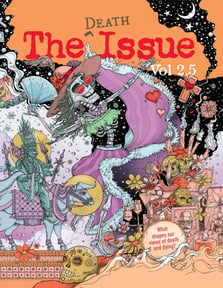 Many young people see themselves as invincible. It is often only when tragedy strikes within their community that they consider their mortality. There are benefits to examining our own thoughts and values surrounding death, however. Awareness of our mortality is linked to improved health, motivation, and generosity. Outside of the Western world, death is often more openly discussed and accepted.
Many young people see themselves as invincible. It is often only when tragedy strikes within their community that they consider their mortality. There are benefits to examining our own thoughts and values surrounding death, however. Awareness of our mortality is linked to improved health, motivation, and generosity. Outside of the Western world, death is often more openly discussed and accepted.
In The Issue Volume 2.5 we consider what shapes our beliefs and attitudes about death.
Our beliefs about death are both cultural and personal. The cultures we are a part of influence our views on death by the way they talk about it, the way they treat those who are sick or dying, and the way they handle death and honor the lives of those lost.
Nothing But Death
Both a poet and politician, Pablo Neruda (1904–1973) is not typically associated with death poems. Rather, he is better known for his love poetry and his affiliation with communism. Despite this, Neruda did have things to say about death. His poem “Nothing But Death” looks at the loneliness and coldness of death. The poem hints at the fear we may have of death, as well as how death is inescapable.
There are cemeteries that are lonely,
graves full of bones that do not make a sound,
the heart moving through a tunnel,
in it darkness, darkness, darkness,
like a shipwreck we die going into ourselves,
as though we were drowning inside our hearts,
as though we lived falling out of the skin into the soul.—Excerpt from Pablo Neruda, “Nothing But Death,” translated and edited by Robert Bly, Neruda & Vallejo: Selected Poems, 1993
If you would like to receive a Day of the Dead lesson plan, please subscribe to our newsletter here.
